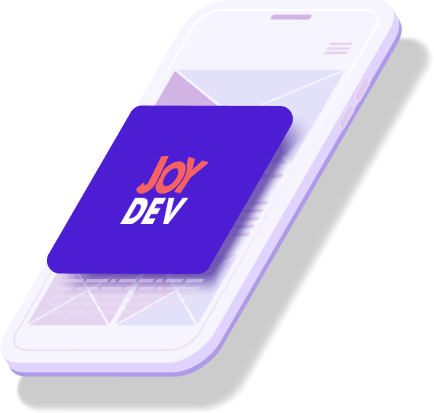In our blog, we have already discussed the main steps of mobile development, that a client should take into account before ordering a project. But it’s the same important to understand what the team will do and which steps to undertake to release a successful project. In this article, we will consider the most important steps in the development of any mobile project.

Business Analytics
At this step, the team works closely with the client. We specify the idea, requirements, and needs, work on business analytics. What tasks does the client want to solve? Which business models best fit this project? How to implement the purchase funnel in the app? All these issues are solved at the step.
UX/UI Development
After specifying the idea and goals of the project, the step of the design development begins. Success of a mobile app depends on its usability. The task of a future product projecting is to give an unpresentable UX a pleasant and user-friendly look.
The first step is to choose the data and functionality to be visualized. This process usually starts with writing down the list of functions that this app has to fulfill, and the list of what is to show. Thus, we create the functional architecture of the application.
After that, the team creates a pattern of the app. It visualizes the structure of the product. With its help, we can examine the problems and find their solution.
Besides the pattern, it’s important to think of the working process steps. In other words, how the users will navigate in our app. Think over every action of a user in advance and count how many clicks it’s needed to make to perform it. If several steps are needed to perform an action it’s considered to be OK. But basic actions have to be done faster.

Then UI development begins. Designers create the main blocks of the app. The developed design help to improve usability. The team of developers has to understand who will be your audience. For example, whether they will use it only at night?
Despite the fact that the creation of the pattern may take much time, the result is worth it. Quite often the design helps to define weak points of your app and make changes. It will cost less to fix them at this stage than later.
Writing Code
After defining every detail and its building on one screen we can start coding. At this step, it’s necessary to transfer the design to the code with the help of the chosen programming language. Well written code will simplify the following testing and product support. This is the longest step of the development, which is called “software lifecycle”.
The development of a mobile app is a cycle process. Every cycle includes planning, development, testing, and review.
At the planning stage, big tasks are divided into subtasks. Developers assess the amount of time to be spent on their development. It allows distribute them throughout the cycle. For this work, we use the Jira task manager. This platform access the clients to the projects, its estimations, and statuses. Read about all its advantages in our article!
After that, the development process begins. The team starts developing styles and functional of the app. As a rule, agile-projects are divided into 2-week sprints. At the end of each sprint, the team provides the demo version of the app. It allows being closer to the client and understand his/her requirements. Constant feedback significantly saves time and money for the client.
Testing
Product quality should be always controlled. At the testing stage the app is checked to work the way the client wants. There is a common mistake that testing is the final step and its main goal is to detect bugs in the code. But an experienced specialist understands that development and testing go hand in hand.
Testing takes place on several levels. In addition to regular testing, which can be conducted by both the QA group and the developers themselves, there is beta testing. This is a test of the finished application by internal testers right before the product is released. There is also business testing which is the testing of the application by the customer. At this stage, you may ask a group of users to test the product.

Release and Support of the Project
The last step is to provide the app for use. Depending on the chosen platform, the app has to be released in the App Store (for iOS products) or Google Play (Android). But the development doesn’t stop here. When the first users start to use it, you will see the first feedbacks. You should follow them, answer the users' questions and mark for other project versions what has to be fixed.
In Conclusion
Thus, the understanding of the technical side of mobile apps development can help the client to realize all the steps and statuses of the project. And if you are looking for a team of developers who can bring your idea to life, write to us!








